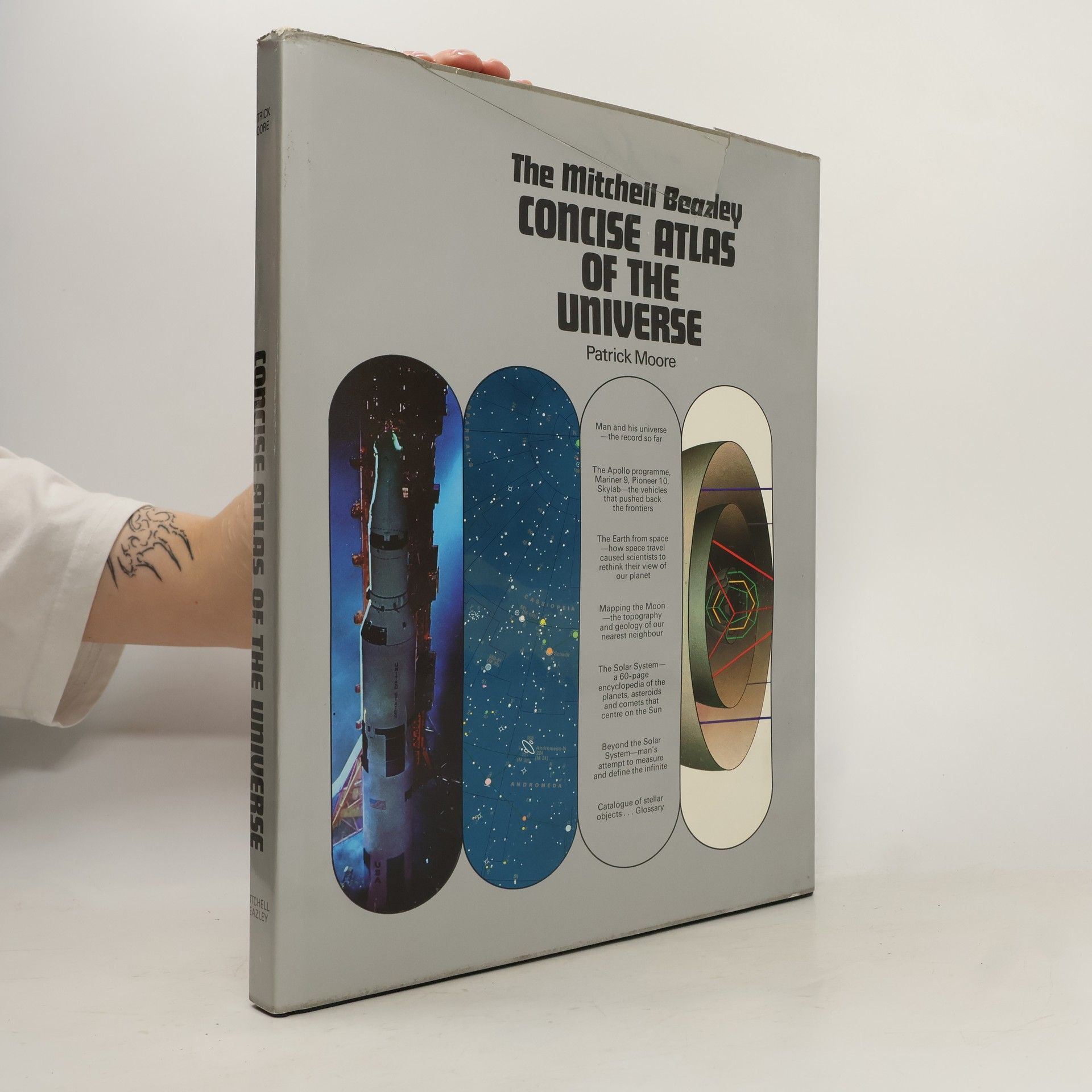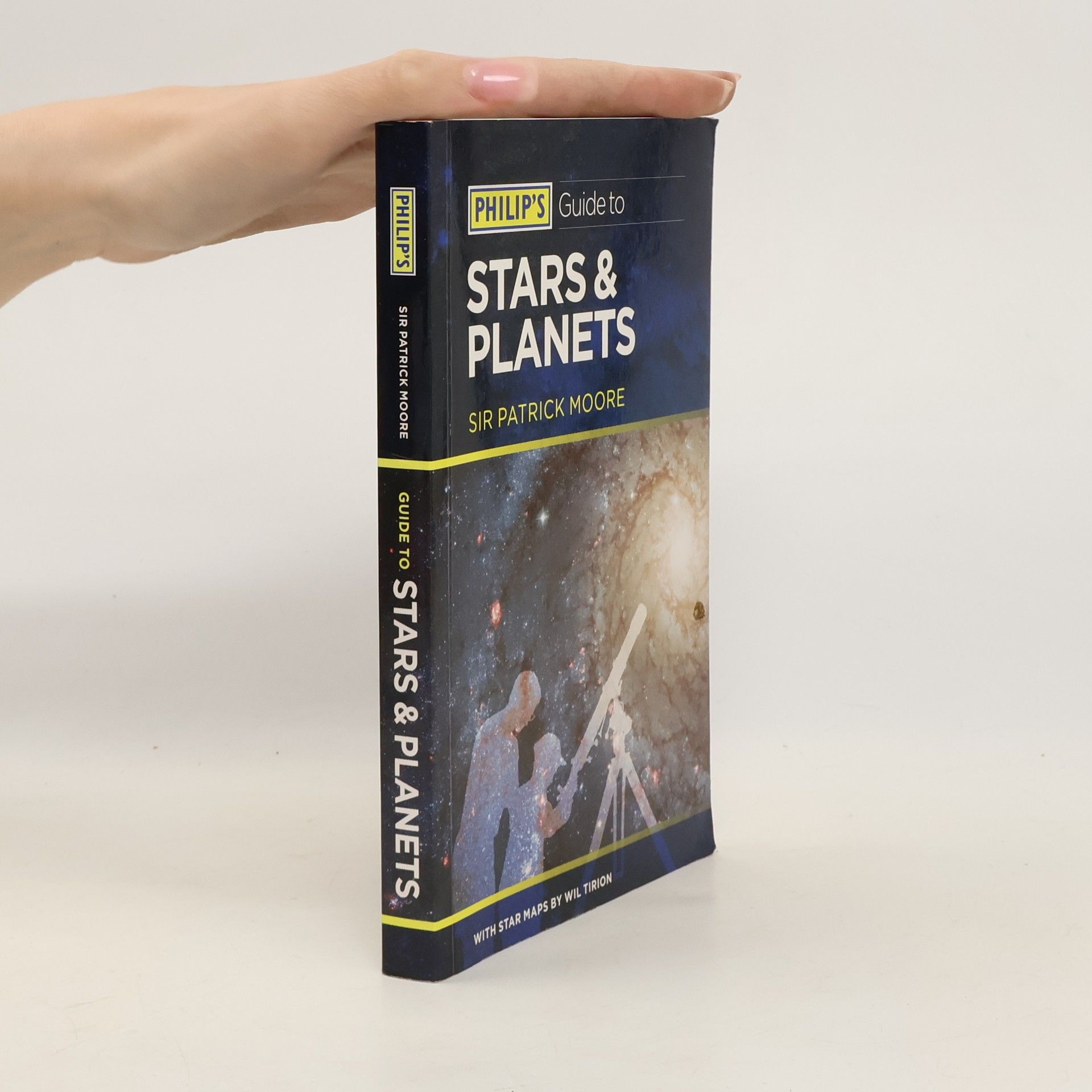Fully revised and updated, this is a definitive reference to the stars, the plants, and the universe. This edition contains a wealth of new photographs from ground based telescopes and the Hubble Space Telescope, along with the best images from nearly four decades of robotic exploration of the planets.
Patrick Moore Livres
Patrick Moore fut un astronome amateur anglais, le plus célèbre promoteur de l'astronomie en Grande-Bretagne. Par ses nombreux écrits et ses apparitions publiques à la télévision et à la radio, il a joué un rôle clé dans l'élévation du profil de l'astronomie auprès du public britannique. Son œuvre a suscité un intérêt général accru pour l'étude du cosmos.

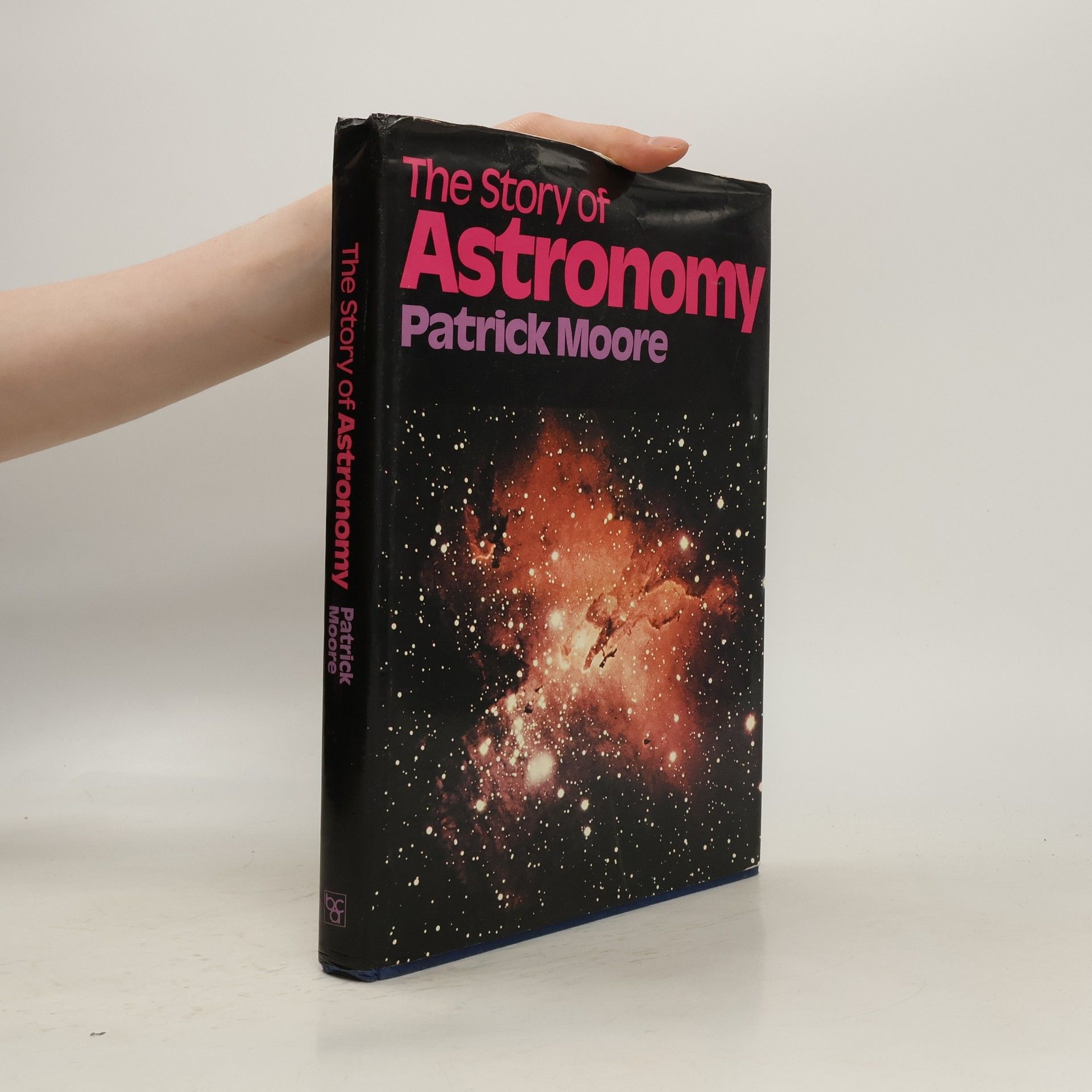

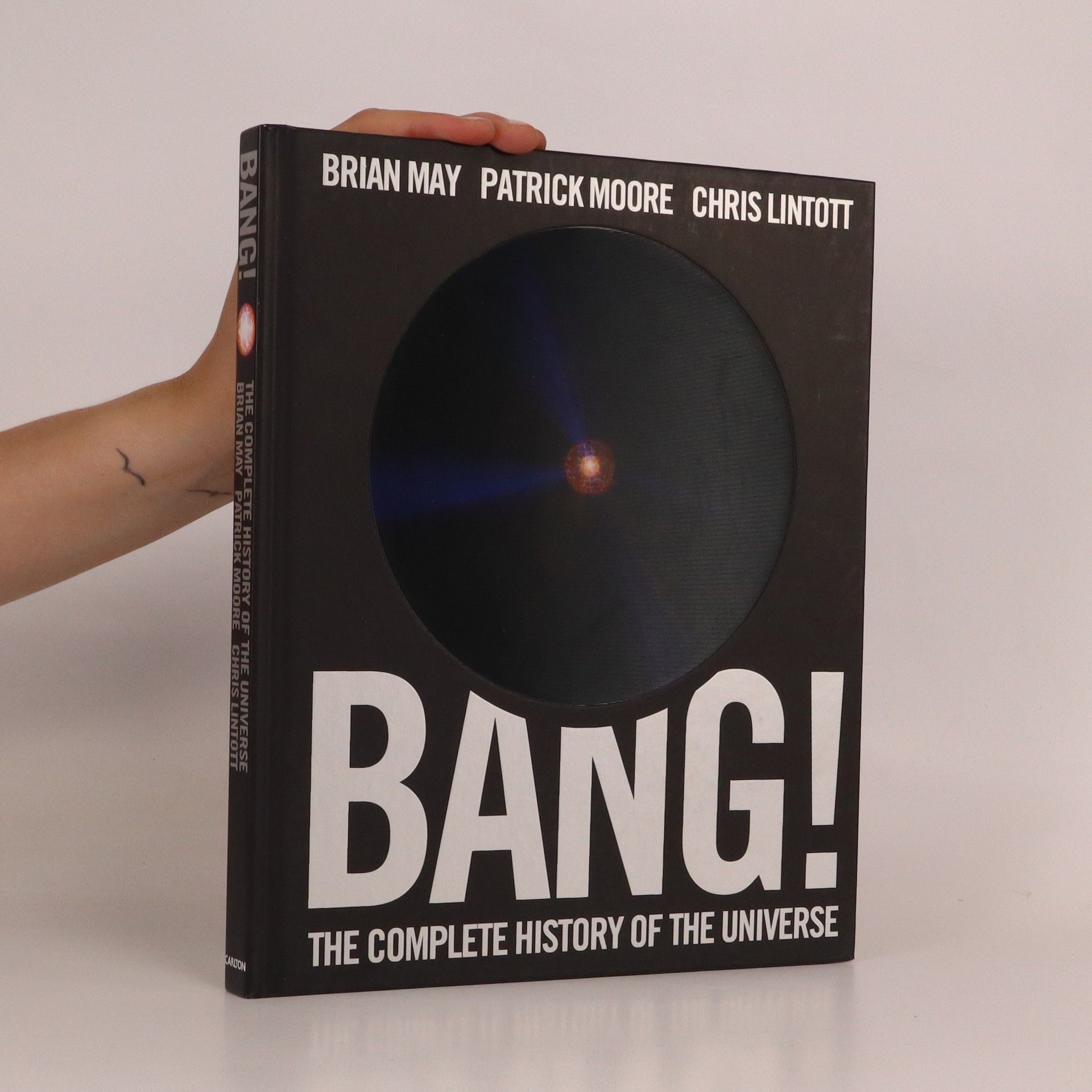


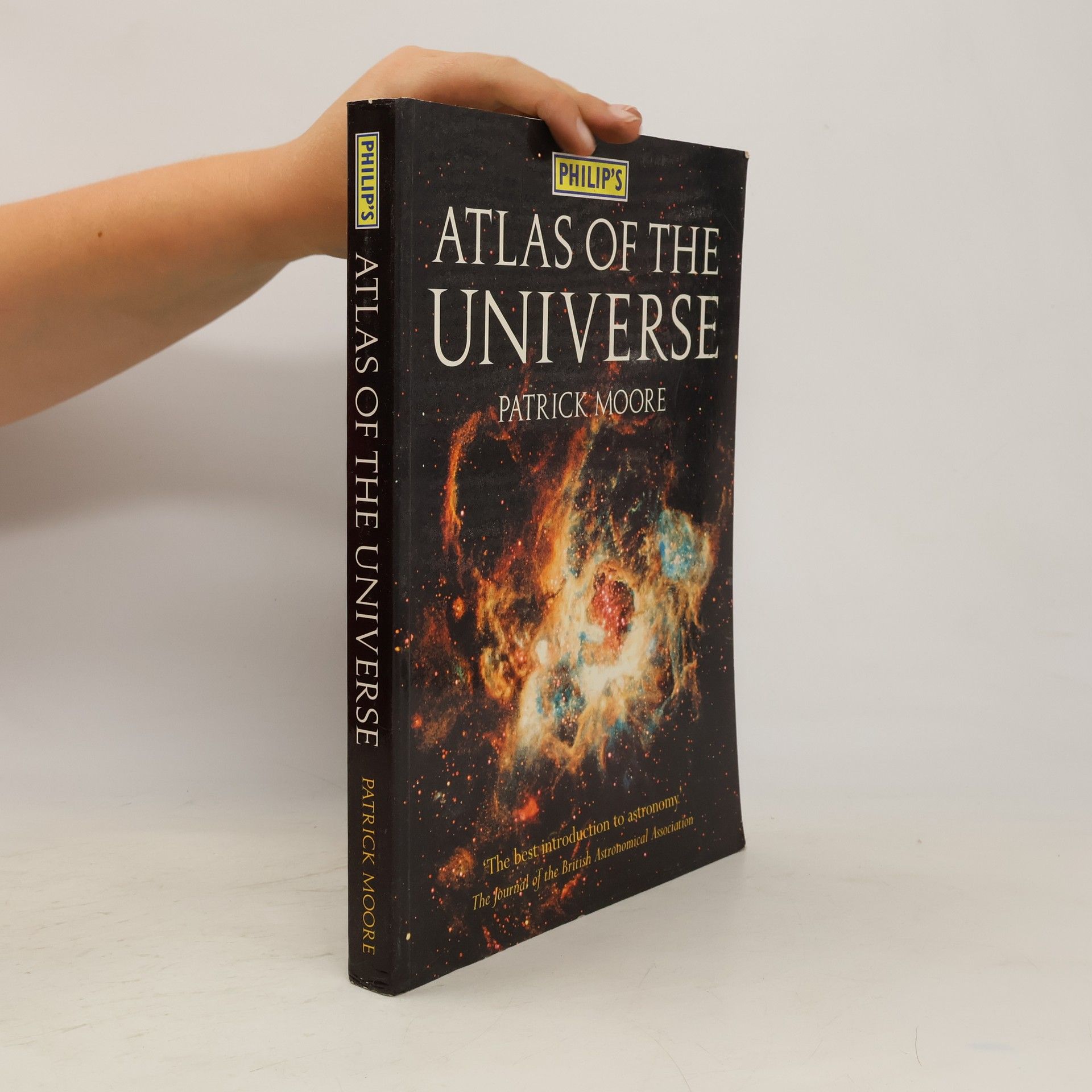
On a clear night, the vastness and beauty of the star-filled sky is awe inspiring. In Stargazing: Astronomy without a Telescope Patrick Moore, Britain's best known astronomer, tells you all you need to know about the universe visible to the naked eye. With the aid of charts and illustrations, he explains how to "read" the stars, to know which constellations lie overhead, their trajectory throughout the seasons, and the legends ascribed to them. In a month-by-month guide he describes using detailed star maps of the night skies of both the northern and southern hemispheres. He also takes a look at the planets, the Sun and the Moon and their eclipses, comets, meteors, as well as aurorae and other celestial phenomena--all in accessible scientific detail. This captivating book shows how, even with just the naked eye, astronomy can be a fascinating and rewarding hobby--for life.
The Planets
- 24pages
- 1 heure de lecture
An astronomy book for the young and curious. Patrick Moore takes his reader on a journey through the planets, explaining the facts with great clarity and enthusiam.
Bang! The Complete History of the Universe
- 192pages
- 7 heures de lecture
Who knows what Brian May was thinking when he wrote "We Will Rock You" for Queen? As a lifelong astrophysics aficionado, he may have been thinking about the origins of the universe. He's certainly been thinking about it lately. May, a freshly minted astrophysics Ph.D., joins forces with legendary astronomer Patrick Moore and astrophysicist Chris Lintott in Bang! to consider the history of the universe from the Big Bang to Heat Death.Space, time, and matter were birthed 13.7 billion years ago and will continue on longer than we are able to comprehend. Infinitesimally small at first, the Universe is immense and ever expanding. Bang! explains how it all started, takes you on a tour of what is known about the evolution of the Universe, and posits how the end of time will come about.This fascinating book includes photographs, short biographies of key figures, an at-a-glance timeline, a glossary of terms, and suggested resources for further exploration.Based on the work of history's most brilliant scientific minds, this amazing story features clear, straightforward discussions of the most perplexing and compelling aspects of existence -- from the formation of stars, planets, and other galactic bodies to black holes, quasars, anti-matter, and dark matter to the emergence of life and the possibility that it could exist elsewhere.Pick up a copy of Bang! It will, it will rock you.
Firefly Guide to Stars and Planets
- 256pages
- 9 heures de lecture
A concise reference by a best-selling astronomy author. The Guide to Stars and Planets is a practical guide to the night sky featuring detailed maps of the moon and constellations, plus a host of recommendations on what to look for and when. In a compact format, this book is illustrated with charts, maps, and stunning photographs from the world's finest Earth- and space-based telescopes. A concise introduction offers a practical guide to telescopes, home observatories and astronomical photography for amateur astronomers. Detailed entries describe the following astronomical objects, organized by the closest to the furthest from The book highlights the most interesting objects that can be observed using the naked eye, binoculars or telescope. Detailed moon maps and charts identify significant features, and practical tips explain how to observe the sun safely. The Guide to Stars and Planets is an ideal introduction to astronomy and a concise reference for hobbyists of all levels of experience.
Book by Moore, Patrick
Philip's Guide to Stars and Planets
- 256pages
- 9 heures de lecture
Philip's Guide to Stars and Planets provides all the information you need to study the night sky with the naked eye, binoculars or a telescope. It includes a detailed Moon map and a complete atlas of the constellations, and is suitable for observers in both the northern and southern hemispheres. A straightforward and comprehensive handbook, it opens with chapters on the Moon, the Sun, the planets, the stars and galaxies, as well as information on astrophotography, telescopes and an explanation of the apparent movement of the night sky. The second section of the book comprises a full set of constellation maps, showing all stars visible to the naked eye as well as the brighter nebulae and galaxies. Each map is accompanied by a description of that particular constellation, pointing the observer to the most interesting stars and deep-sky objects in that area of the sky. Tables give the co-ordinates, magnitudes and distances of the brightest stars in each constellation. The book concludes with a comprehensive glossary, and timelines of astronomy and space exploration. Philip's Guide to Stars and Planets is a dependable, accurate and attractive reference source for all amateur astronomers.
